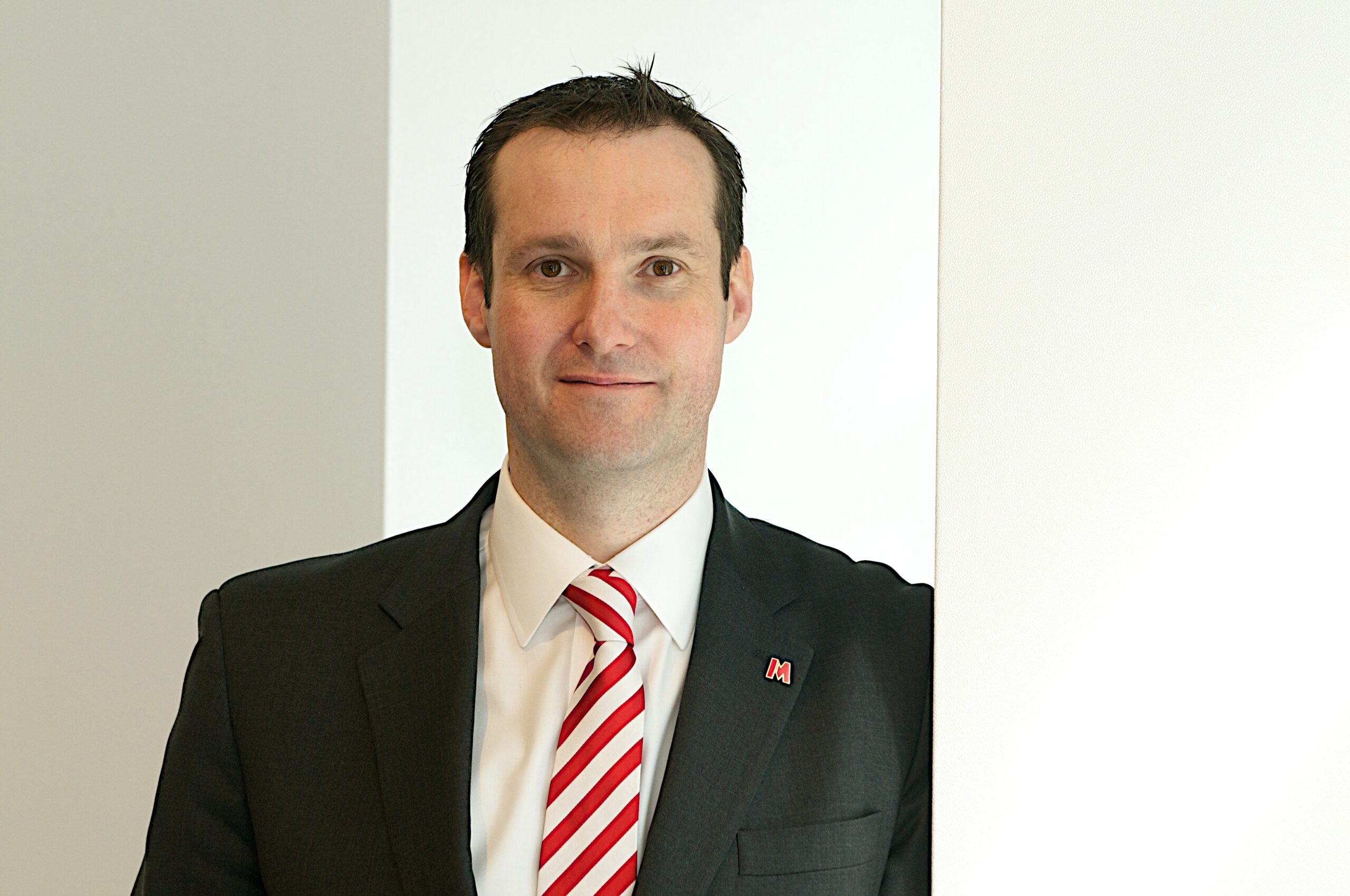
When Metro Bank became the first new bank to open in the UK for over a century, it made customer care and relationships its focus.
At the heart of that are a variety of Software-as-a-Service (SaaS) products that the challenger bank has developed in its own image.
CEO Craig Donaldson told CBR there were various reasons why the firm decided to go this way right from its inception: "One is the cost to establish yourself. If you’re trying to build all of the fixed costs into an organisation, for a small organisation that’s exceptionally expensive. Whereas you consume your software as you grow, you pay as you grow."
He also says that "If you consume software as a service you’re constantly upgrading it, therefore you’re avoiding falling into the legacy of the past."
Donaldson says that working with partners such as Microsoft and Temenos, two of his firm’s key suppliers, means that "I’m consuming from people who are the best at what they do, which means I can focus on being the best at what I do."
As well as using Temenos banking technology and the full Microsoft stack, Donaldson says Equifax, Trusteer, IBM and BAE are amongst its partners, while Darktrace and ZScaler technology is deployed for security.
This is not to say that there is not a lot of development going on in Metro Bank itself. Donaldson estimates that there are over 80 in house developers, around 4% to 5% of his workforce, and all the development work is in sourced.
A lot of the work his developer teams do is "about how you take the software and configure it and put the front ends on it to deliver better to the customer," he says. He gives the example of an app function that allows customers to freeze a card they fear is lost, and then unfreeze it if it’s found again, as a key Metro Bank tool they have built.
Donadlson, who describes himself as "a techy at heart", believes that Metro Bank is boosted by being a brand new bank, as opposed to others which have been spun out of existing institutions, such as TSB. He says that the lack of existing infrastructure when Metro Bank entered the market was "definitely an advantage."
"The only way we keep the advantage" he says, "is by keeping at the forefront of it. Something you’ve got to be really conscious of, as soon as you’ve put new software in, or the new hardware in, it’s legacy."
The firm uses betwee 28 and 30 different services, a fairly clean architecture. "We try and avoid the spaghetti", says Donaldson. "I can get my architecture on one page."
The company is highly data intensive too, making sure it provides a single client view, so that all data about a customer is drawn into one spot.
"I have one operational data store, and I have one core banking store, and I have realtime links so that my transaction database feeds everything else into my operational data store. I cannot have data silos", says Donaldson.
As Metro Bank goes from being the challenger to the challenged, with Atom bank and other totally digital banking offerings arriving into the marke, it’s ability to iterate has never been more important.



